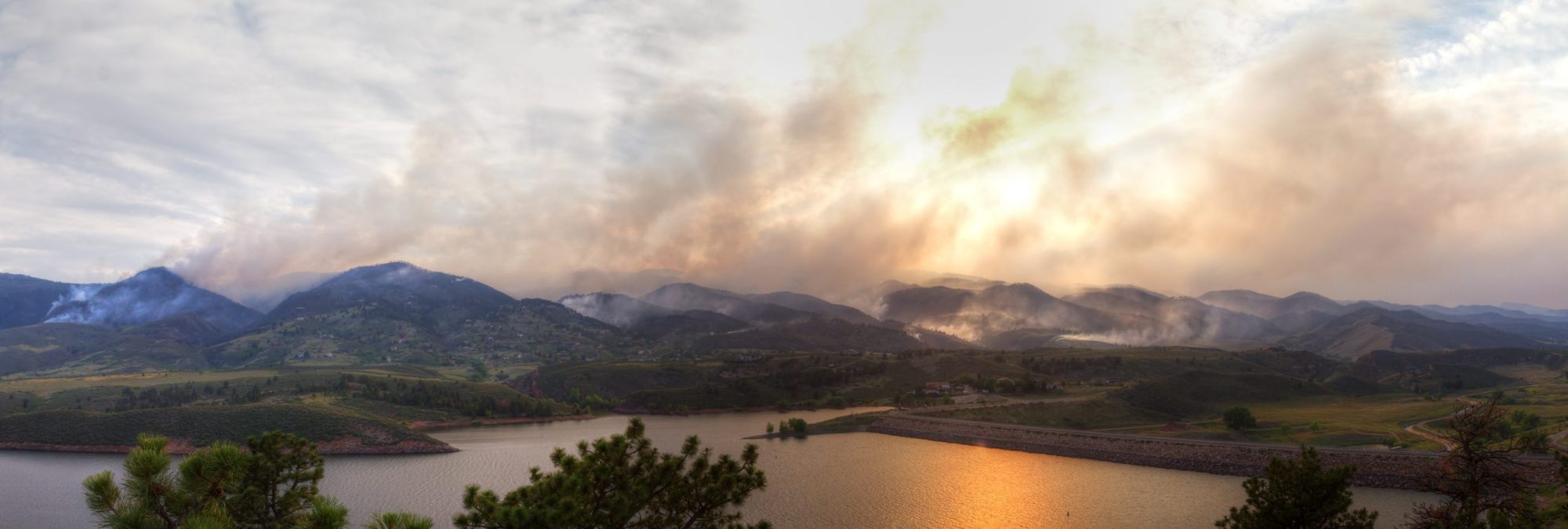The Government of Canada has announced its next steps in supporting communities hit by wildfires, including new measures for this year’s fire season and for seasons to come.
These initiatives include commitments in the areas of financial assistance, emergency response training, and First Nations support, among others.
Support for communities affected by last season’s wildfires, including:
- Approximately $416 million in federal funding through the Disaster Financial Assistance Arrangements (DFAA) program for response and rebuild costs associated with the 2021 wildfires in British Columbia, including Lytton.
- $24 million in recovery funding for Lytton First Nation, including for 39 interim housing units.
- In addition, Indigenous Services Canada (ISC) provides funding to support First Nations across the country to prepare for, prevent and mitigate emergency events, including wildfire. In 2021–22, ISC provided $17.5 million to support this work.
- Response in 2021 to 14 requests from British Columbia, Manitoba and Ontario for emergency support on wildfires, including the deployment of Canadian Armed Forces personnel and resources for evacuations and firefighting.
Next steps for the 2022 season on beyond, including:
- $516 million through Budget 2022 for communities across the country to:
- train 1,000 additional firefighters and incorporate Indigenous traditional knowledge in fire management
- help provinces, territories and First Nations communities buy firefighting equipment
- develop a new wildfire monitoring satellite system
- Over $8.4 million in 2022 through the First Nations Emergency Services Society to support emergency planning, preparedness and response in First Nations communities in British Columbia
- A commitment to a June 10 meeting of the Joint Committee to Address Extreme Weather and Climate Resilience
Current projections indicate that this could be a challenging summer for wildfires in parts of the country. Forecasts for warm, dry weather indicate the potential for increased fire activity across much of Canada. NRCan publicly shares forecasting for the fire season with full transparency regarding the uncertainty inherent in these projections.
